|
The first eco-tourist to visit the Keys was French-American ornithologist, naturalist, and painter John J Audubon, who in 1832 visited Indian Key and Key West. Audubon wasn’t coming down to see the sunset, he was coming to document the birds here. In the late 1700's and early 1800's Audubon was witnessing the demise of birds across the landscape due to the widespread killing of birds for the plume trade… plumes from many of the wading birds in South Florida were designed into hats. With his keen eye and close observation, this self-trained artist created detailed watercolor, pastel and graphite drawings, in addition to oil paintings of more than 500 types of birds in their natural habitat. One of the largest birds in North America, the American White Pelican, (Pelecanus erythrorhynchos) winters in the Florida Keys, not to breed, but to soak up the warm weather. I spotted a flock of nearly 50 White pelicans at Crocodile Lake National Wildlife preserve the first week of February, while traveling north on Card Sound Road, just past the three way intersection. As I looked to the east, sitting amongst red and black mangroves were 40 - 50 American White pelicans. They sat comfortably preening, dosing, and soaking up the sunshine oblivious to my presence 500 ft. away, across the water, from behind a guard rail along the gravel shoulder of Card Sound Road. White Pelicans are tolerant of human observers if not approached too closely. Most people are familiar with the Brown Pelican, (Pelecanus occidentalis) who can be seen everywhere all year long in the Keys. While White pelicans wade in the tidal flats, Brown pelicans patrol their fishing waters and are seen begging for fish at docks or off bridges. Unfortunately some of these Brown pelicans eventually swallow fishermen’s hooks as the pelican swoops over and swallows the bait hook and all. If the line is cut the bird flys off to have the line entangled and the bird is left hanging from some mangrove, or that doesn’t happen, the bird dies from an infection caused by the embedded hook. The fisherman in this situation should call the Wild Bird Center. Brown pelicans are known for their spectacular head-first dives to snag a fish. White pelicans feed by dipping their bills in the water and scooping up prey such as small minnows. Sometimes 10-12 White pelicans work together to drive fish into the shallows where the fish become more concentrated and easier to catch. The Brown pelican nearly disappeared from North America between the late 1950’s and early 1970’s, threatened by human disturbance, and direct exposure to pesticides, which caused death or reproduction failure due to eggshell thinning. It was an amazing sight to see these White pelicans, but they were in the right spot… the Crocodile Lake National Wildlife Refuge. The Keys are home to four National Wildlife Refuges: National Key Deer Refuge, Great White Heron, Key West and Crocodile Lake, plus other land and sanctuaries set aside to protect our native plants and wildlife. The wildlife come to these places because there is suitable habitat, with the space, food, shelter and cover they need. We have these spaces because the residents and people of the State of Florida woke up in time. In the 1950’s land had been platted for homesites, even those areas sitting under two feet of water. Dredging and filling fragile coastal mangroves was a common practice. According to the National Audubon Society by 1960, 60 % of the wading bird feeding grounds disappeared from Lower Matecumbe Key through North Key Largo. In 1975 when Florida designated the Keys an “Area of Critical State Concern" a large chunk of undeveloped land in North Key Largo was saved. Crocodile Lake National Wildlife Refuge was designated in 1980. The following quote from the December 1987 The Ocean Reef News gives an insight to popular opinion at the time: “With the protective moat of undeveloped wilderness cocooning Ocean Reef property owners outside our gate, some are taking a kindlier look at the alligator's cousin - the crocodile. 14 years ago the crocodile made the endangered species list. North Key Largo is the major of only three protected areas, being bought by and preserved by the state. Until quite recently, there were 27 major developments on the drawing boards for our neighboring upper Key Largo. "Can you picture the line at Card Sound bridge, if that happened?" commented one homeowner. "Or the road traffic south to Winn Dixie? Let's keep those females laying.. and the males at bay.” I wonder what the folks in 1987 would have thought about the diurnal “trade-parade” of workers commuting to work along Card Sound Road? A wonderful bird is the pelican,
his beak can hold more than his belly can. He holds food in his beak Enough for a week And I don’t know how in the hell he can.
0 Comments
Anyone out there ready to turn back the hands of time to the way things were in our youth? Our house pets were dogs and cats; they taught us responsibility, and were family members. There were also goldfish, a small turtle lagoon, caged parakeets or hamsters, and fluffy white “Blossom B Rabbit” who lived in a pen under the shade tree. Exotic creatures lived in zoos; venomous snakes, alligators and crocodiles were housed at the Miami Serpentarium until the late 70’s. . Soon people began buying a new kind of pet: the harmless looking baby snake, sitting on a rock under a heat lamp in a pet store terrarium without thinking that when mature, the creature would be 20 feet long, weigh 200 pounds, live more than 25 years, and must be fed with live mice, rats, and eventually rabbits. There were reports of pythons in the Everglades in the ’70’s and 80’s, most likely caused by people releasing their unwanted pets, to happily slither off into saw-grass marsh or cypress slough. Look out for snakes in the proverbial grass! If it were only that easy. For years Everglades park managers were convinced these invasive snakes were escapees, or former pets, not part of a breeding population. Florida offers virgin hunting grounds for pythons, who are carnivorous, but aren’t picky. Last year in N. Key Largo 40 pythons were captured. These captures were humanely euthanized, and then necropsied to examine their stomach contents, which revealed a diet of possums, raccoons, woodrats, and cotton mice. Pythons are biological vacuum cleaners, their jaws are fitted with sharp, inward-curving teeth to grab their prey, while they coil their body around it. Pythons are ambush predators, so they patiently wait for animals to go by for their next meal. The number of possums and raccoons in our area is fairly high; this may be because the Keys are fairly early in the python invasion, and/or because there are a lot of food resources available, so more young are born, and survive, Poor Henry the Westie, family member of Julie and Rob, who one day on his regular “potty break” was traumatized by a near fatal encounter with a large python lurking in his backyard. It was the quick thinking of his dad, who snatched him from within inches of the pythons head. Later on Julie got to wondering where had the raccoon gone that regularly visited her pool for a drink. She concluded it must have been nabbed by the python. She said there was a feeding station next door, and that may be why the python has chosen this area to hunt. Soon after hearing this, I began scanning my property for potential food sources that may attract pythons, and guarding my doors from my cat’s possible escape. The snakes have migrated to the Keys over land and by water, and are adapted to hiding underground, in the cracks and crevices of a geological ancient coral reef. There is whole subterranean world under our feet; a space where pythons have the ability to occupy and where man has an inability to detect, and they stay beyond reach in impenetrable mangrove swamps. So how many pythons are there? Too many! Some distrust the agencies putting out the data, and believe the numbers are exaggerated for whatever reason. I'm no scientist, but the fact is pythons never were in my neighborhood before and now they are. EDDMAPS is a website, that shows on a map, the actual places where pythons have been sighted or captured. The best thing people can do is be on the lookout for pythons. The most important thing to do if you see a python is take a photo. Document it, and then report it immediately. Percy the python sniffing dog is successful if it is a very recent sighting, a few hours or a day, but not more than that. If you see a python, call 1-888-IVEGOT1 As homeowners we should adopt cultural controls: things we can do to modify the habitat, without physically or chemically harming animals. We can eliminate food sources that attract small mammals such as rats, possums and raccoons to our homes. To prevent infestation of not only rats, but also pythons. we can close up crawl spaces under our homes, place mesh over vents that may be missing or cracked, and eliminate any holes big enough for critters and snakes to go through.
Indeed, things have changed since our youth. The night watchmen and security patrols have always had an eye out for suspicious human activity while on patrol; now their watch must be expanded to include the night creatures, If you were to drive on CR905 at night, you would potentially see pythons cruising the side of the road. Agencies must make it a condition of employment, and provide the training and incentive, to remove the python, not just drive right by it. |
CAROL ELLIS
This photographic website provides me the opportunity for self-expression, for sharing Archives
May 2024
TAGS
All
|
© Copyright 2022. Carol Ellis Photography.
All Rights Reserved.


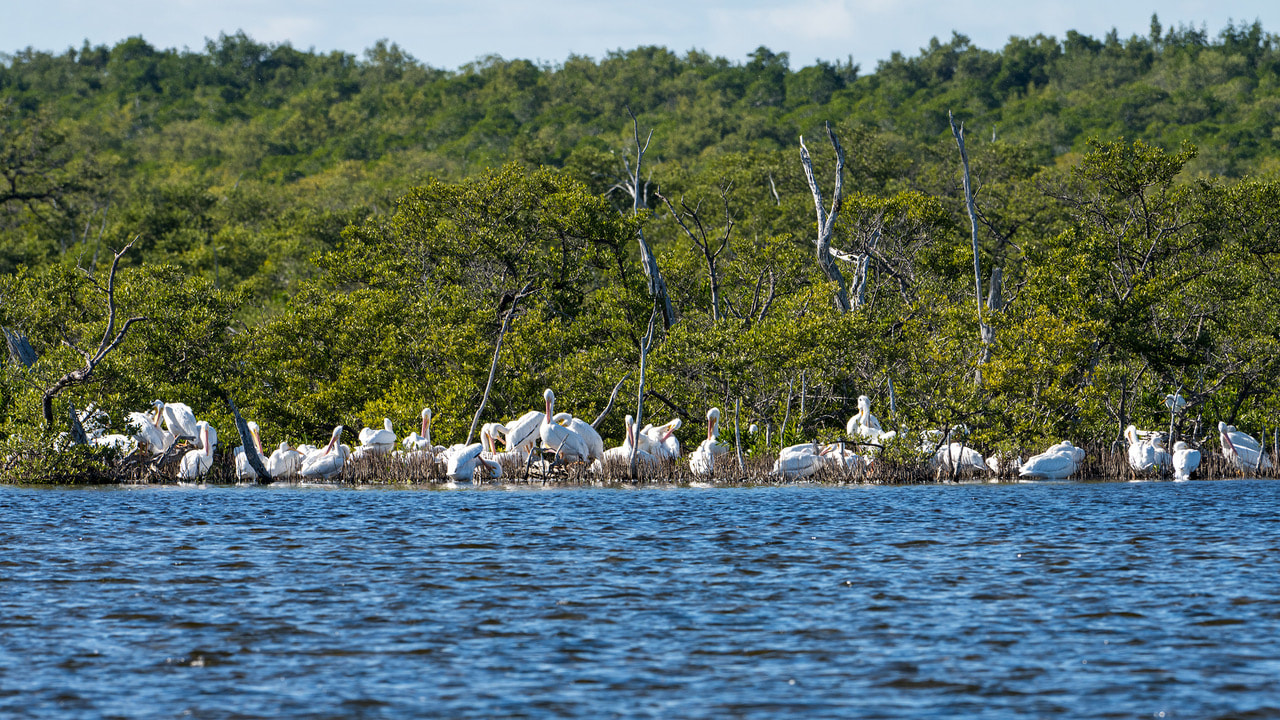
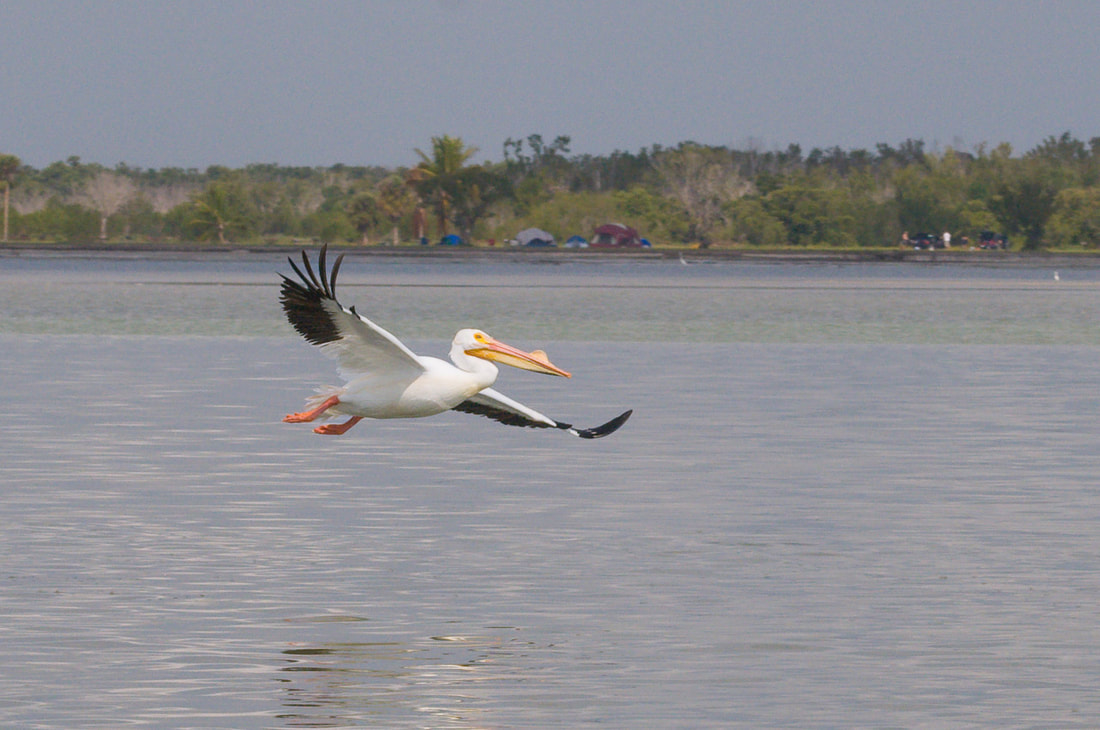
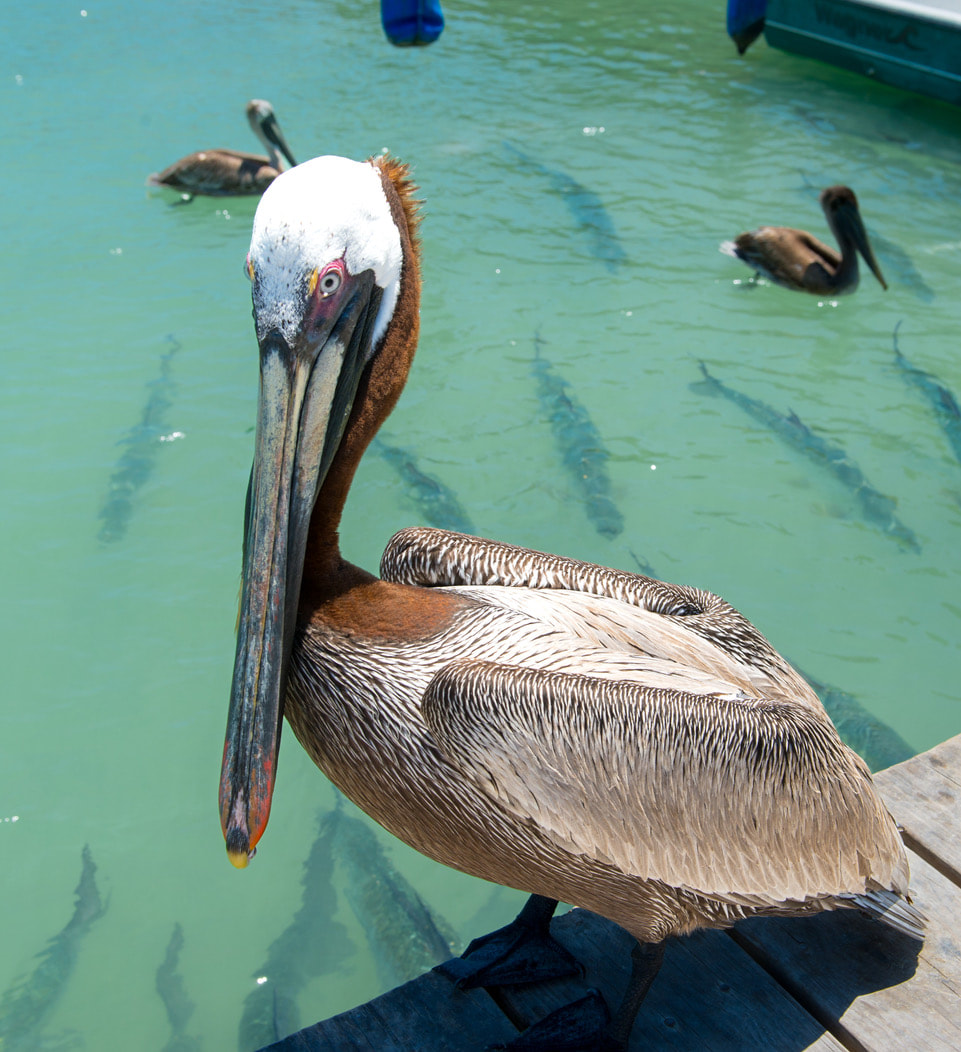
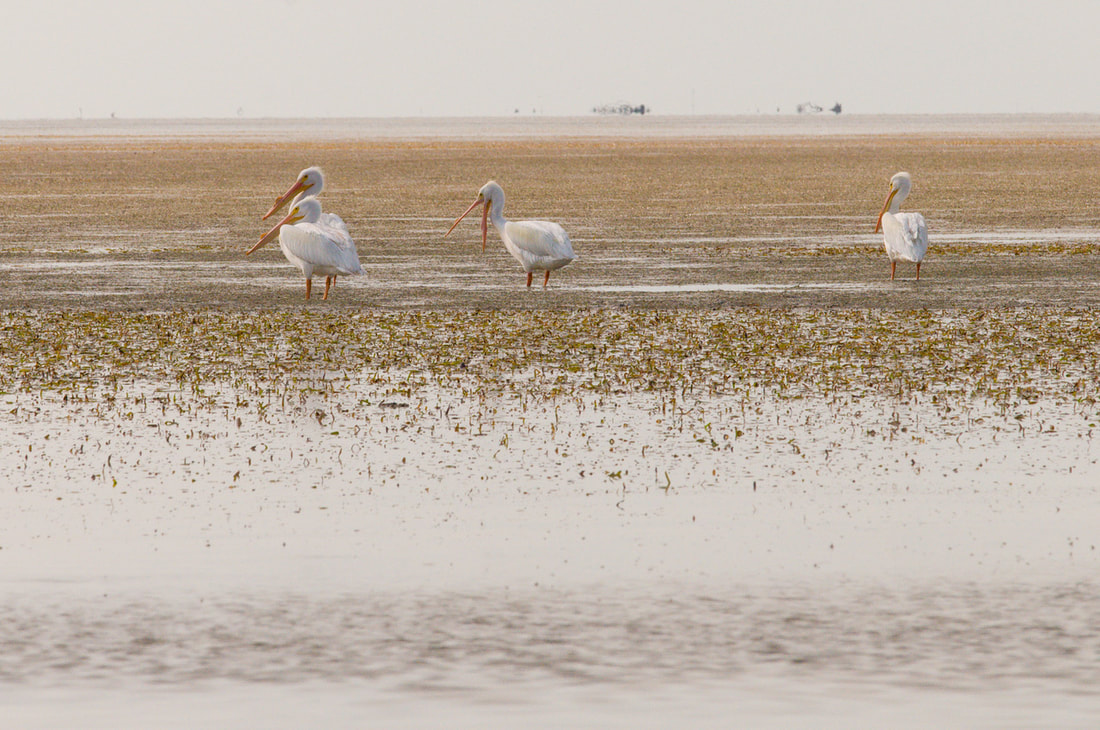
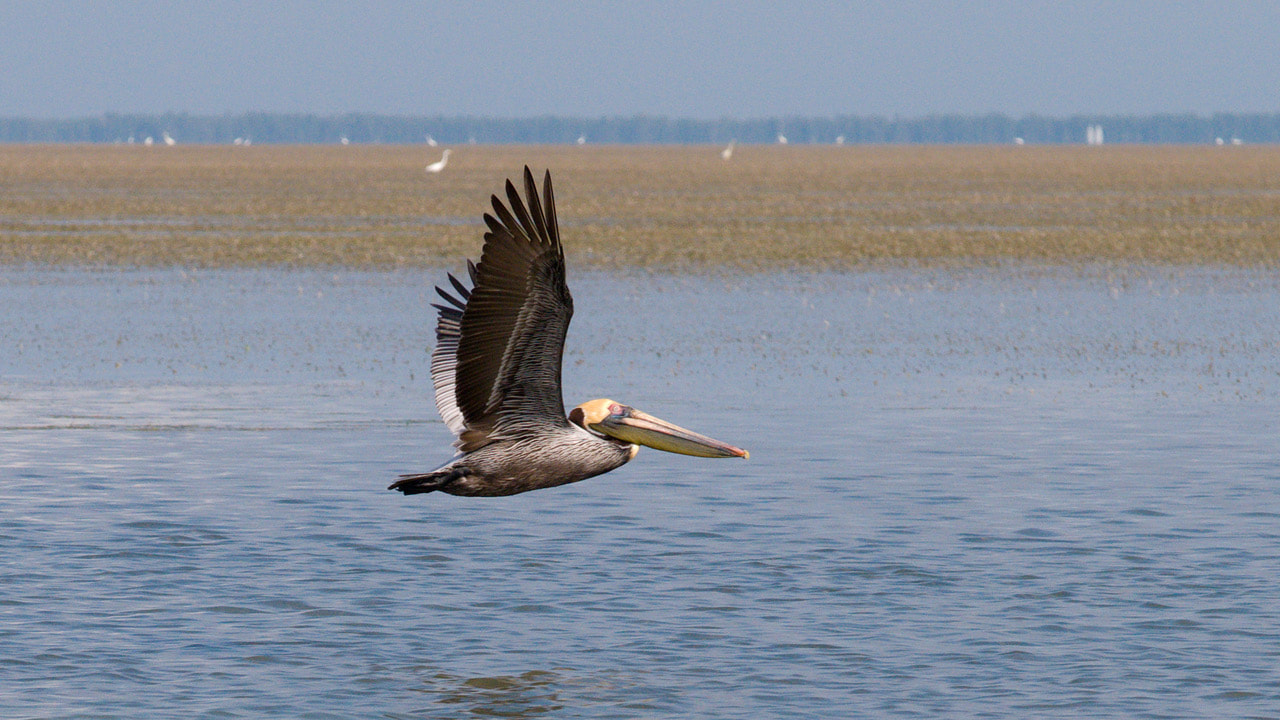
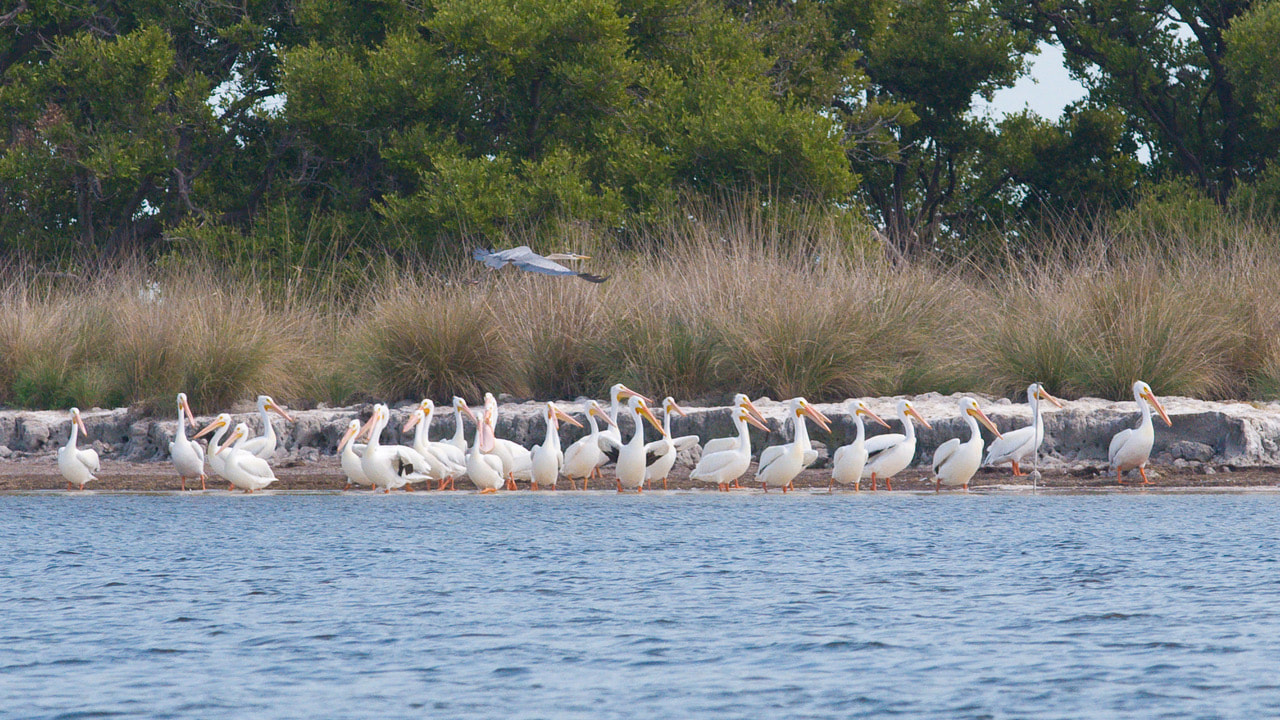
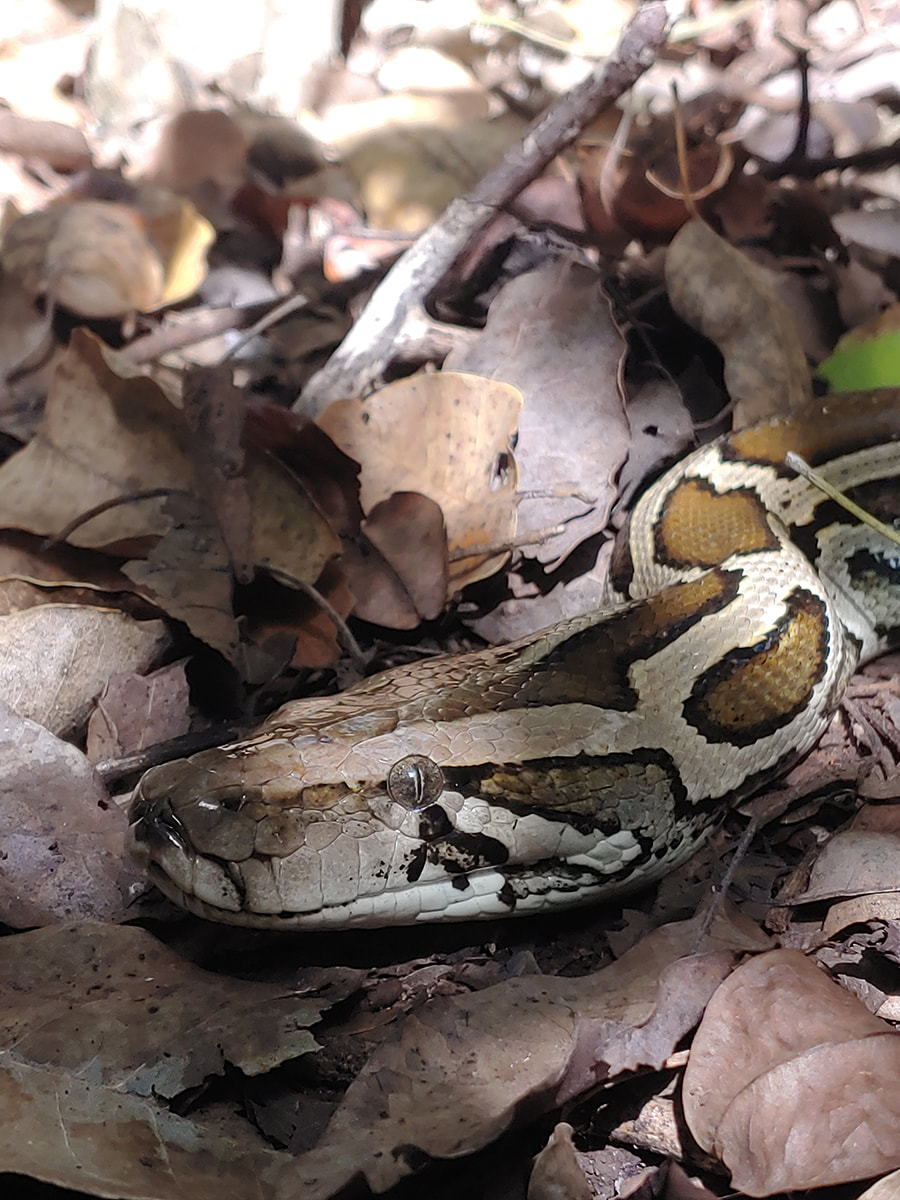
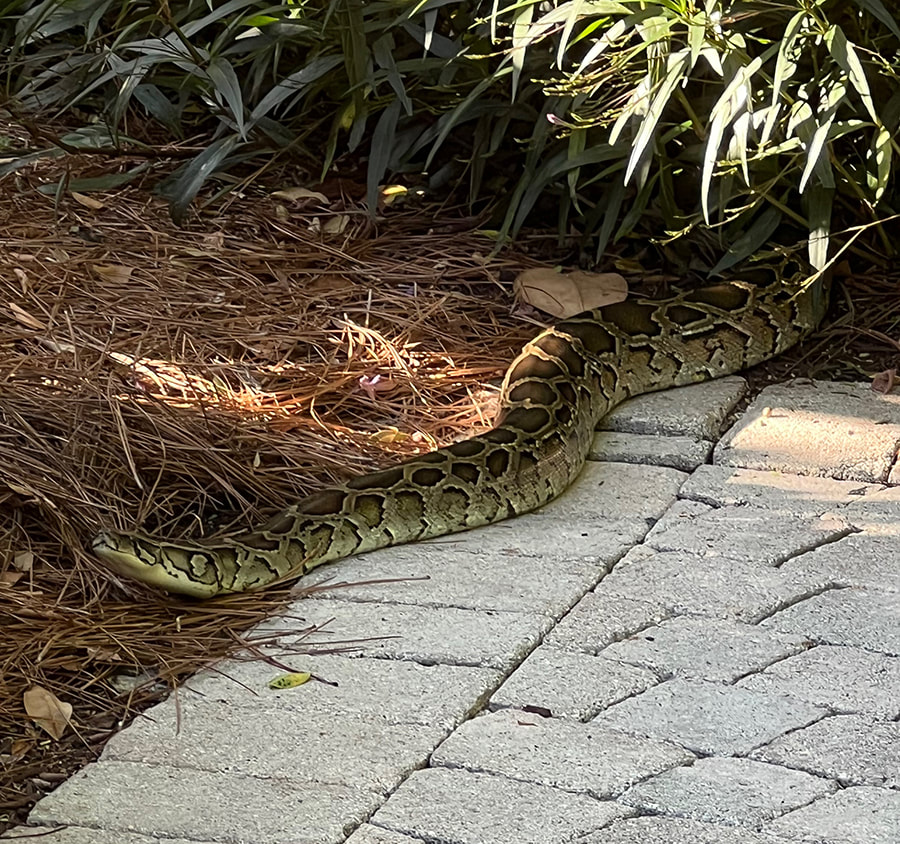
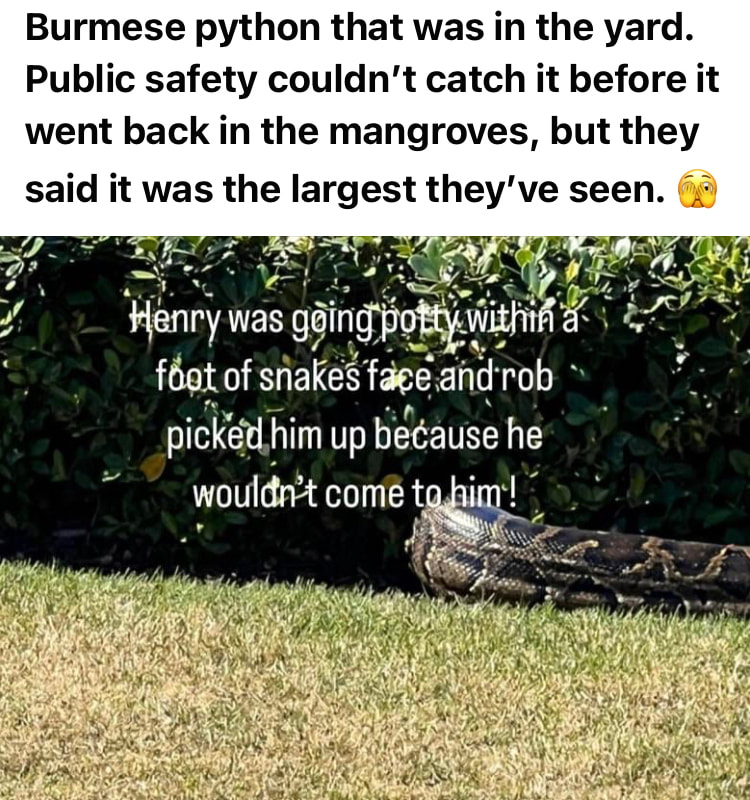
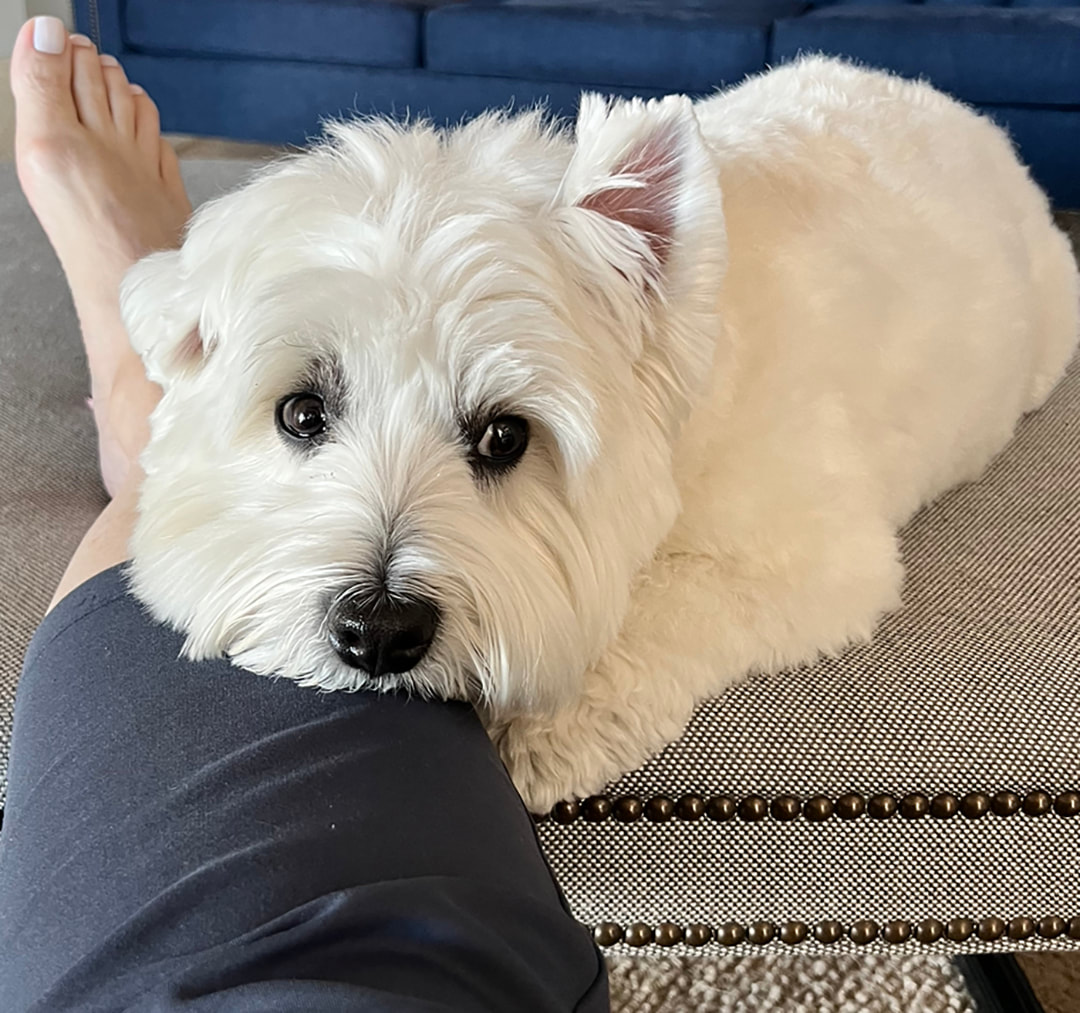
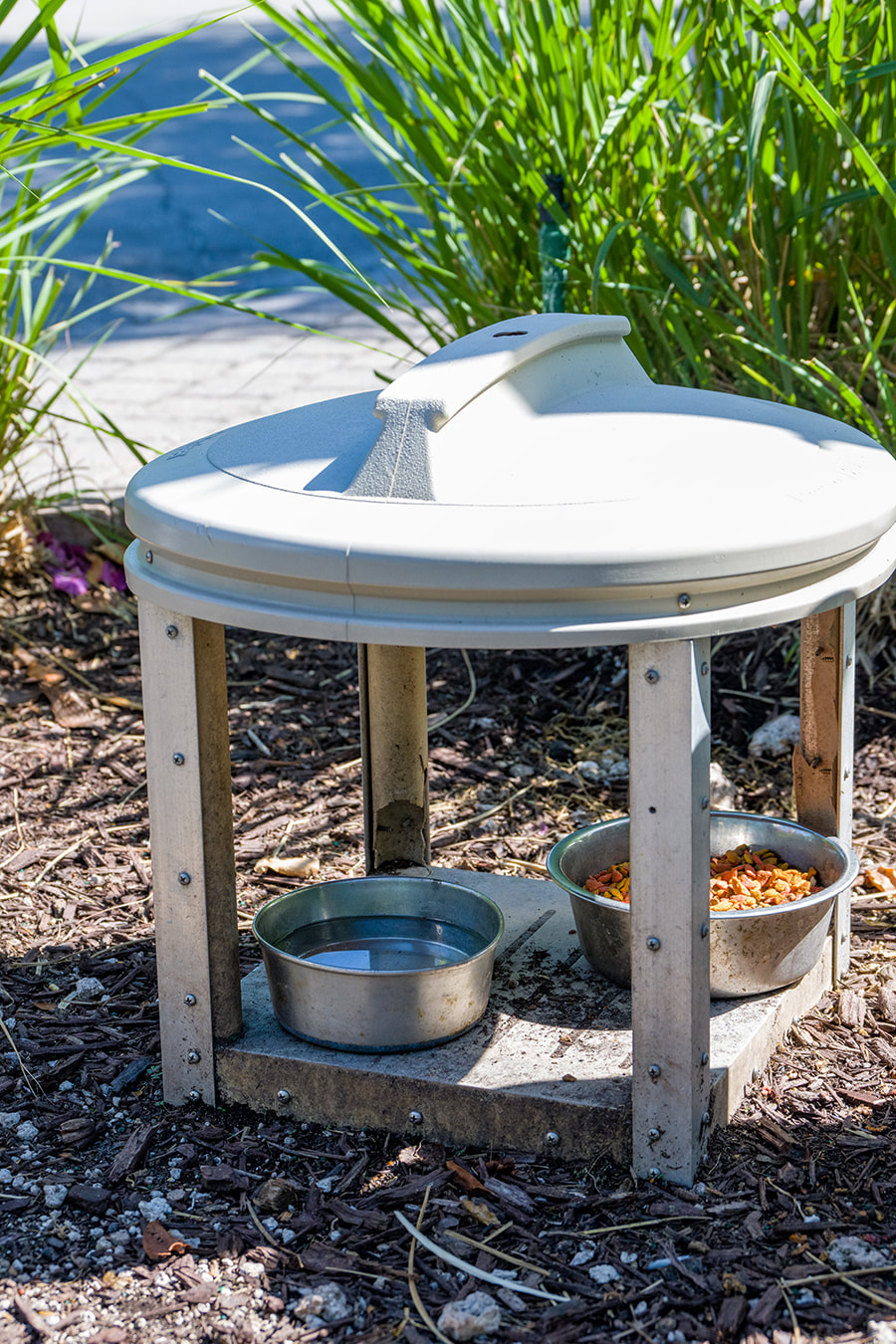
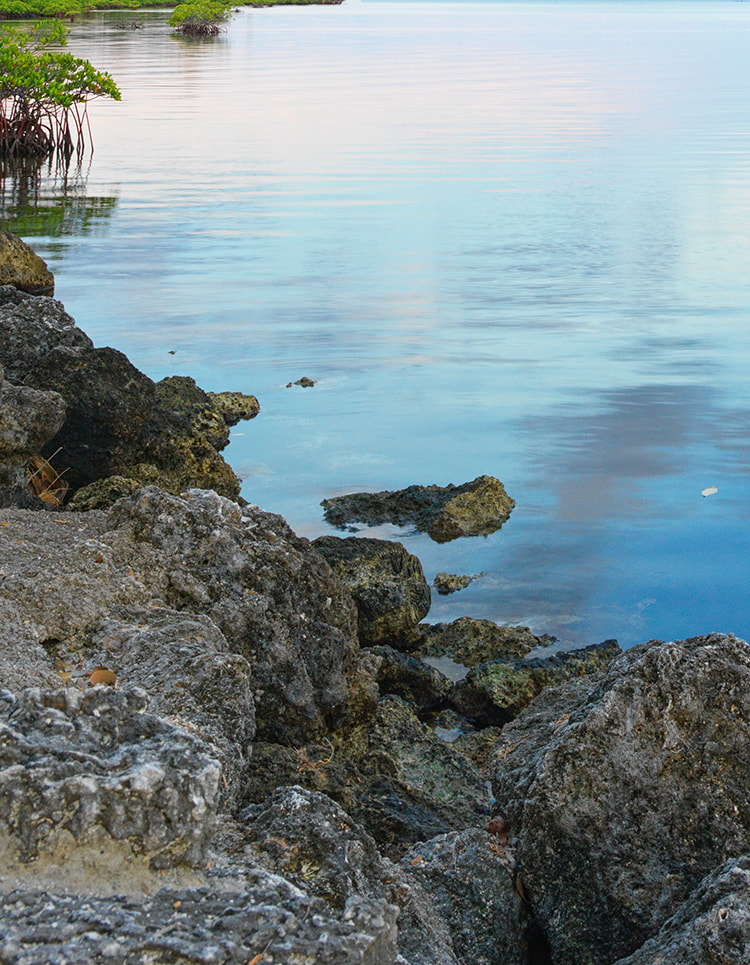
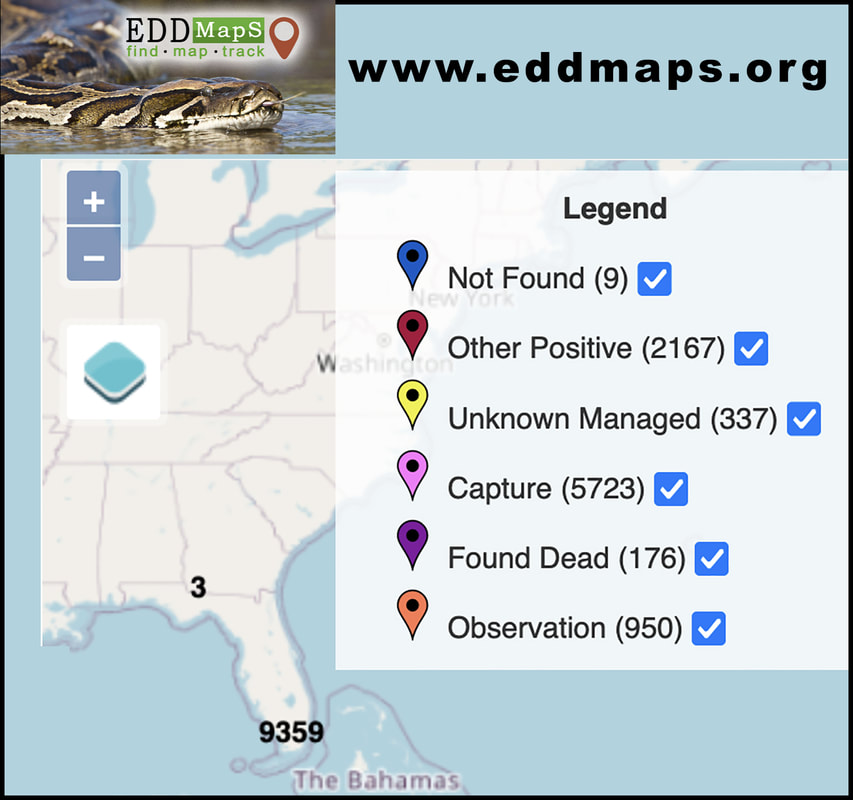
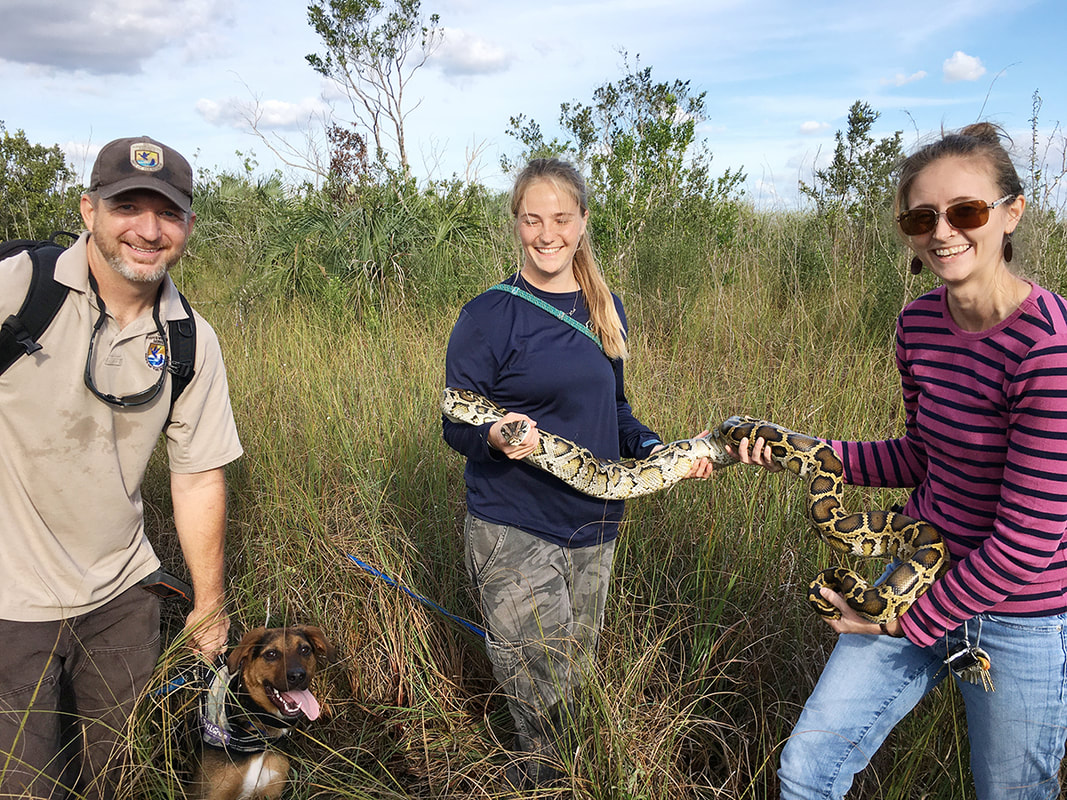
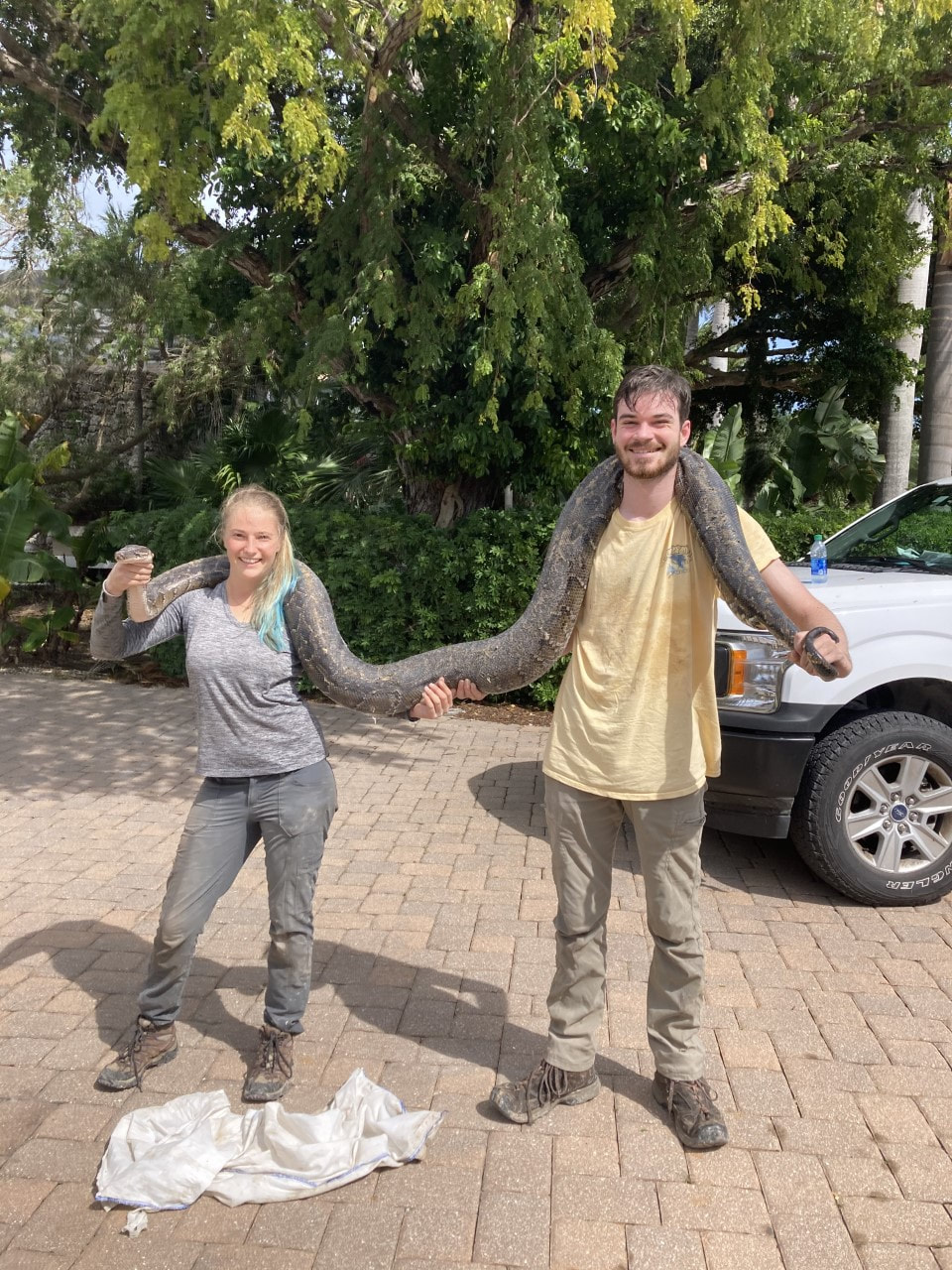
 RSS Feed
RSS Feed
